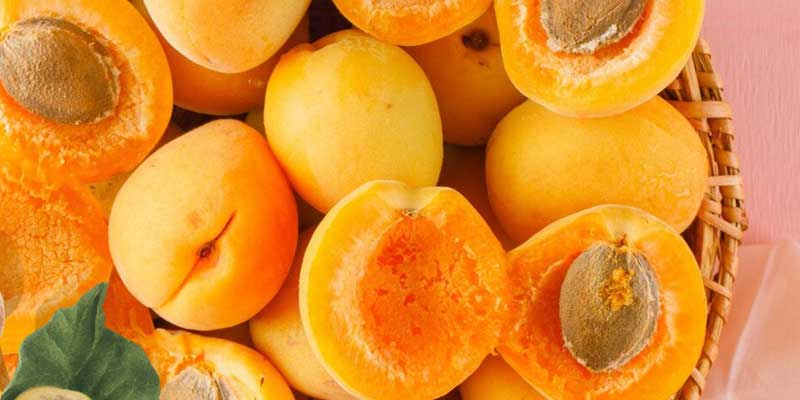- India
- Dec 27
Total GI tagged items rise to 432
The government has granted Geographical Indications (GI) tag to various products, including Gamcha of Assam, Tandur Red Gram of Telangana, Raktsey Karpo Apricot of Ladakh and Alibag White Onion.
The commerce and industry ministry said that the total number of GI tags has reached 432.
The top five states holding maximum number of GIs are Karnataka, Tamil Nadu, Uttar Pradesh, Karnataka and Kerala.
Benefits of GI tag
• A Geographical Indication (GI) tag is used for an agricultural, natural, or a manufactured product (handicraft and industrial goods) originating from a definite geographical territory. Typically, such a name conveys an assurance of quality and distinctiveness, which is essentially attributable to the place of its origin.
• The GI tag helps growers get the premium price of the product as no other producer can misuse the name to market similar goods.
• Darjeeling tea, Tirupati laddu, Kangra paintings, Nagpur orange, and Kashmir Pashmina are among the registered GIs in India.
• The other benefits of GI registration include legal protection to that item, prevention against unauthorised use by others, and promoting exports.
• There is a proper process of registration of GI products which includes filing of application, preliminary scrutiny and examination, show cause notice, publication in the geographical indications journal, opposition to registration, and registration.
• It is a legal right under which the GI holder can prohibit others from using the same name.
Assamese Gamocha
• The ‘gamocha’, a handwoven rectangular cotton piece of cloth with red borders and different designs and motifs, is traditionally offered to elders and guests as a mark of respect and honour by Assamese people.
• It is an integral part of all socio-religious ceremonies in the state and is considered as an Assamese identity and pride.
• The Assamese weavers are dexterous in the art of weaving Gamocha as it has been produced in this part of the country for centuries.
• Gamocha is also known as Gamosa, Gamusa, Gamcha, Gamucha, Gamccha, Gamchi, etc.
• A ‘gamocha’ literally means a towel and is commonly used in Assamese households.
• For specific purposes, it is also made of expensive materials and in different colours as well.
• A ‘gamocha’ meant for exchange during Bihu festival is known as ‘Bihuwan’.
• This unique scarf, which is found only in Assam, is also used as a signifier of reverence while decorating altars or covering religious books.
Tandur Red Gram of Telangana
• Tandur is a town in Vikarabad district of Telangana. It is situated on the banks of river Kagna.
• Tandur region is famous for Red Gram (pigeon pea) production and there are a number of dal mills located in and around the city.
• Tandur Red Gram is a local variety of pigeon pea which is mainly grown in the rainfed tract of the Tandur and nearby region of Telangana.
• It is consumed widely in combination with cereals. It makes a well-balanced meal and hence is favoured by nutritionists as an essential ingredient for balanced diets.
• Locally Tandur Red Gram Dal is popularly known as Tandur Kandi Pappu, Togari Pappu, Tur Dal, etc.
• Tandur Red Gram is an important pulse crop in Telangana state and is grown in an area of 3.43 lakh hectares.
Ladakh Raktsey Karpo Apricot
• Apricot is an integral part of the traditional Ladakhi culture.
• Apricot (Prunus armeniaca L.), locally known as Chuli, is classified in Ladakh into two broad categories based on kernel taste. Fruits with a bitter kernel are called Khante, meaning bitter, while those with a sweet kernel are called Ngarmo, meaning sweet.
• The Ngarmo is further divided into two sub-groups based on seed coat colour. Fruits with white seed stone are called Raktsey Karpo, while those with brown seed stones are called Nyarmo.
• ‘Raktsey’ means ‘seed stone’ while ‘Karpo’ means white. It is unique to Ladakh region. The white seed stone phenotype is an easily distinguishing feature to differentiate Raktsey Karpo from all other apricots.
• The ‘Ladakh Raktsey Karpo Apricot’ is confined to Leh and Kargil districts of Union Territory of Ladakh.
Alibag White Onion of Maharashtra
• Alibag White Onion is a traditional variety of white onion in Alibag tehsil of Raigad district in Maharashtra. These white onions have been grown in Alibag for ages with only traditional and genuine seeds.
• It has a special taste and colour due to soil texture in which it is grown and is different from normal white onion available in the market. This does not have a strong smell like the normal onion.
• The inherent salt and mineral content in the soil gives a sweeter taste to Alibag White Onion.
• The yield of Alibag White Onion is dependent on moisture content of soil post-harvest of rice crop.
Manorama Yearbook app is now available on Google Play Store and iOS App Store


